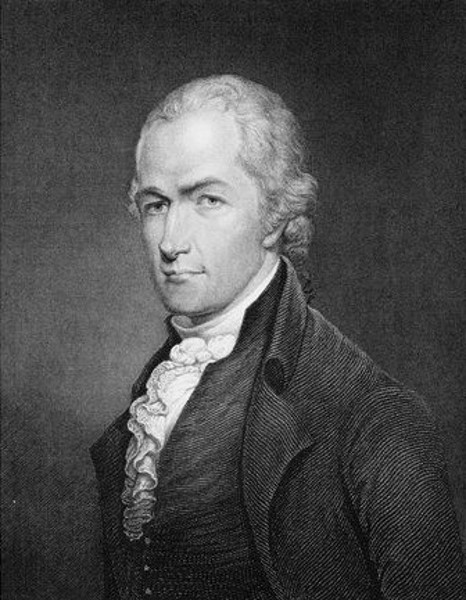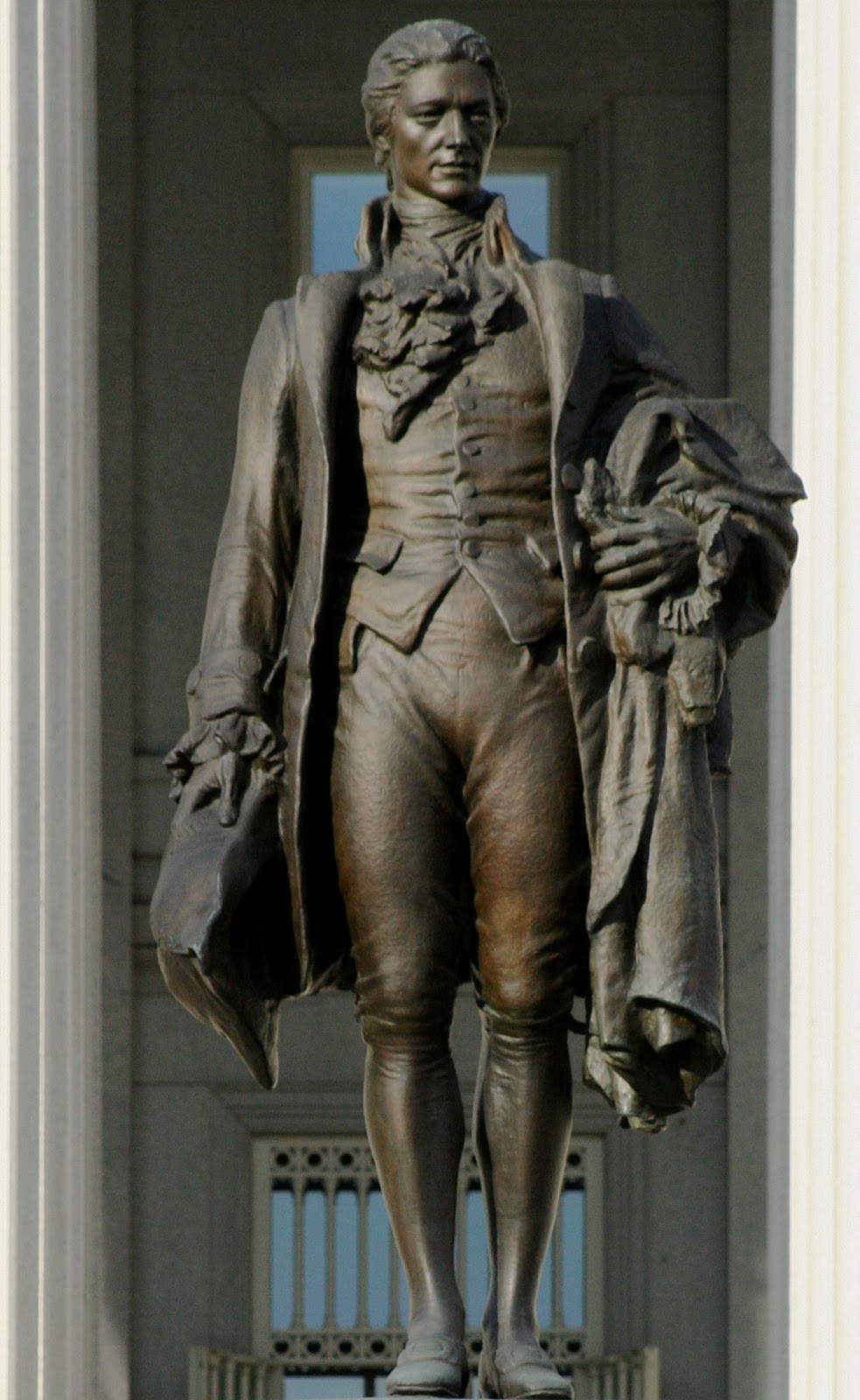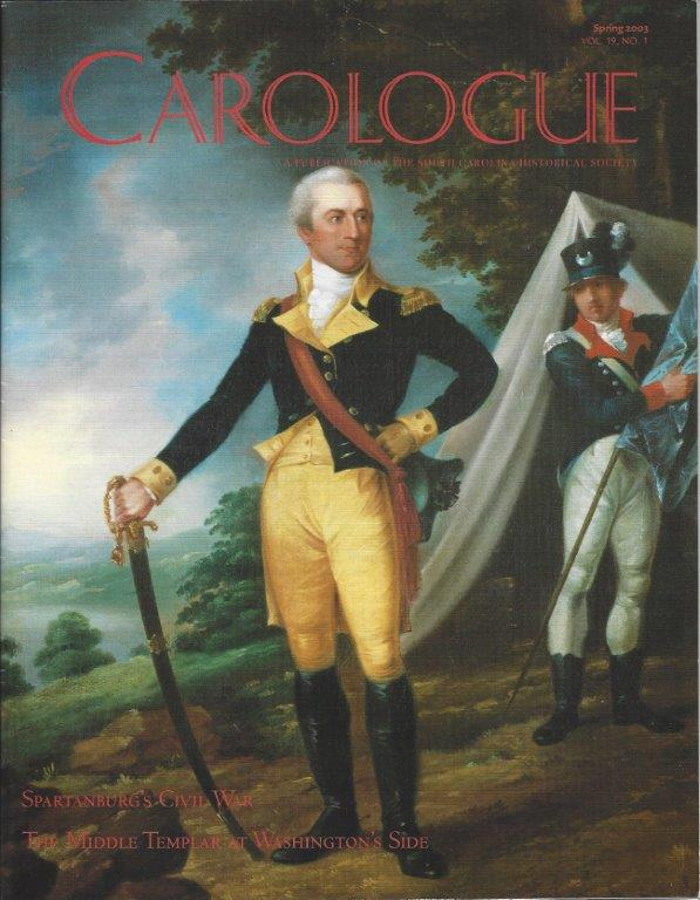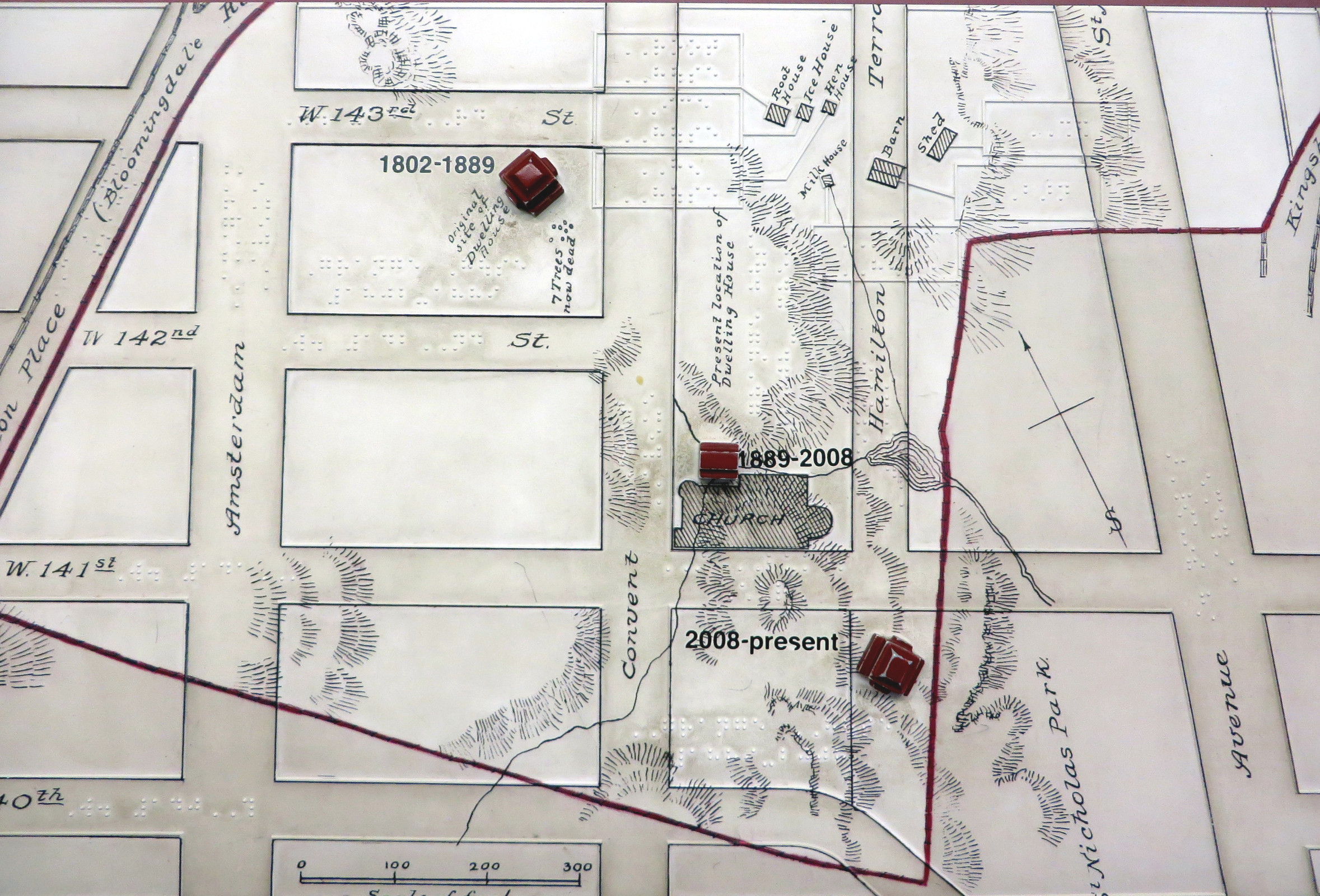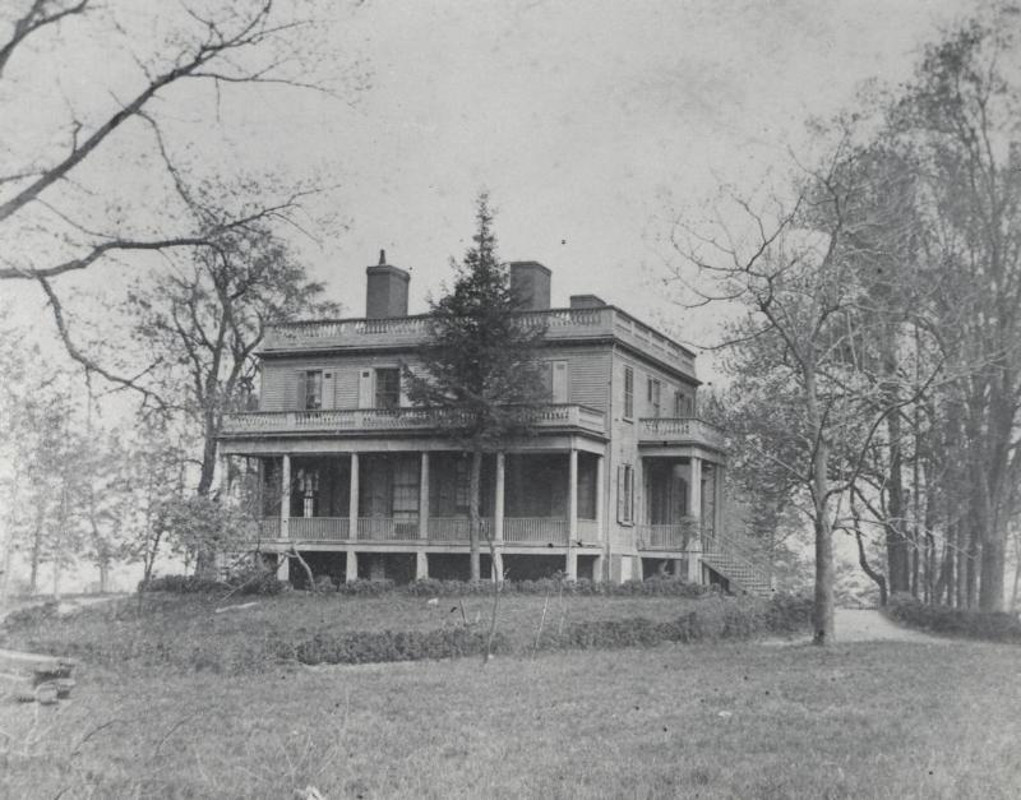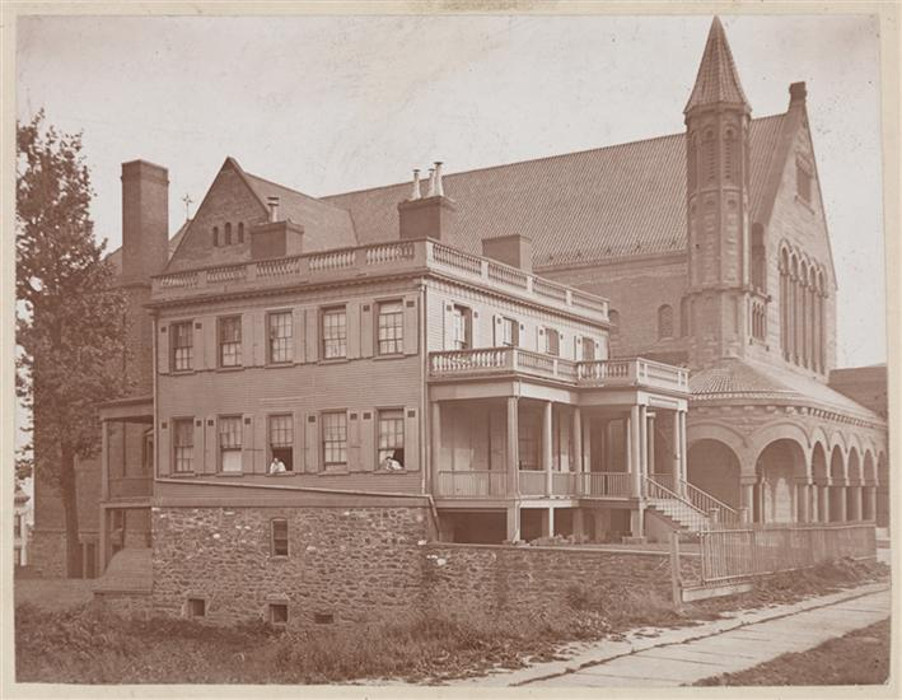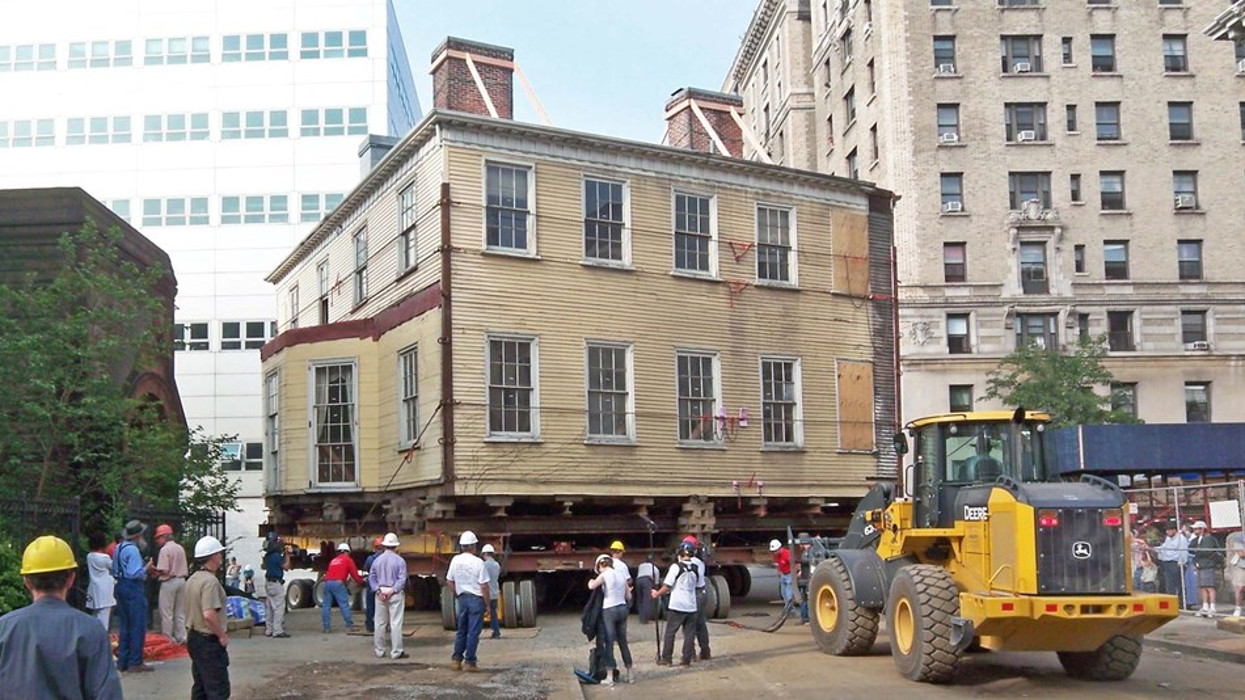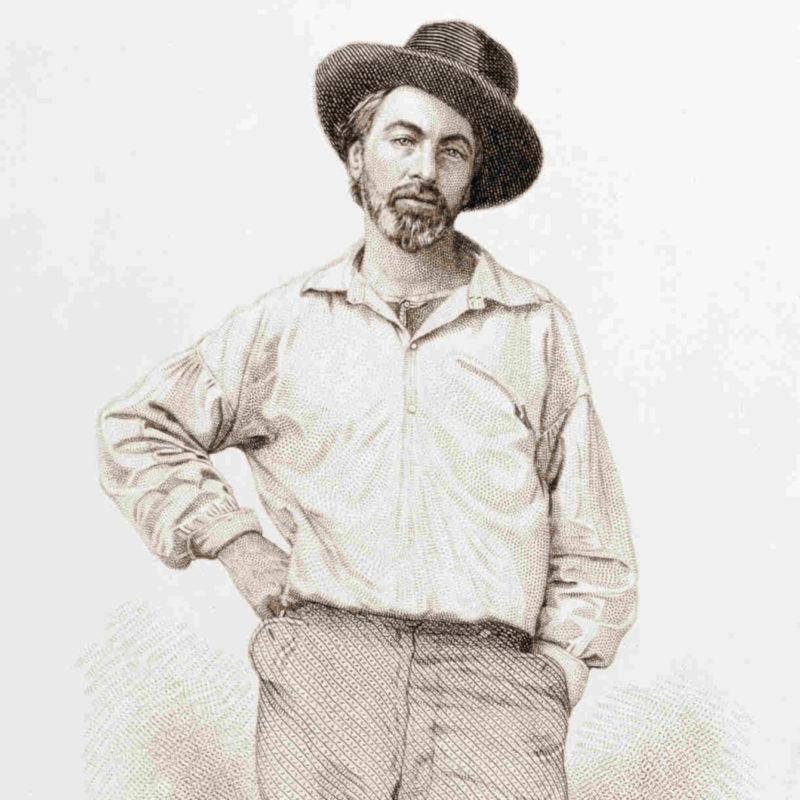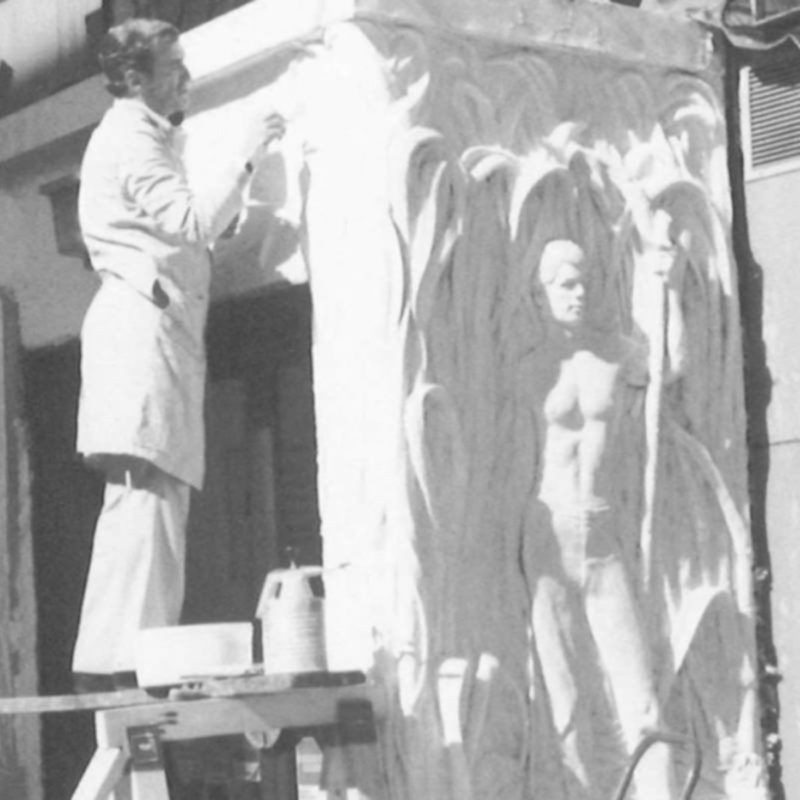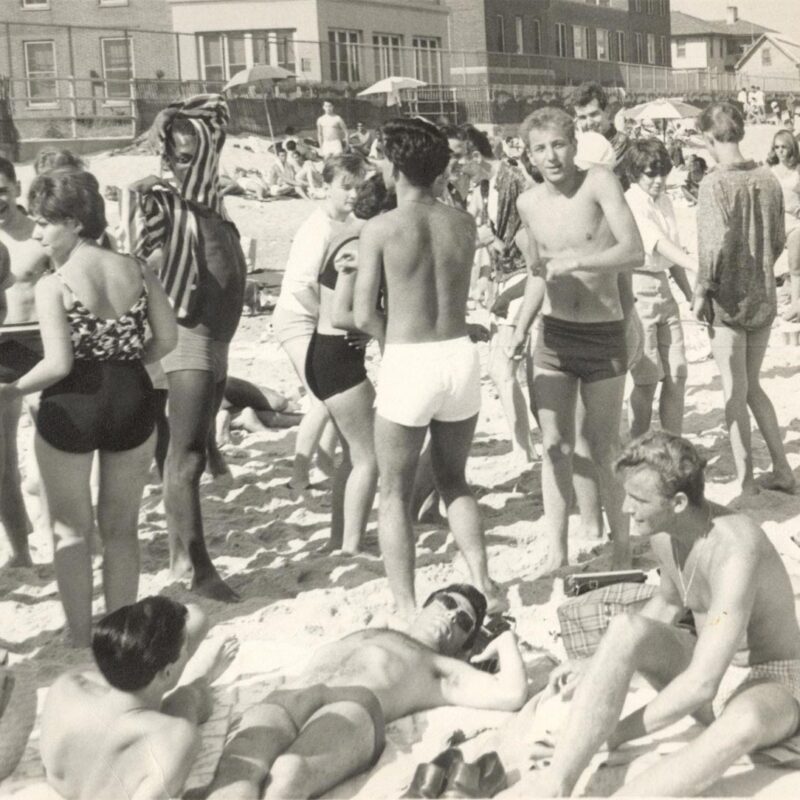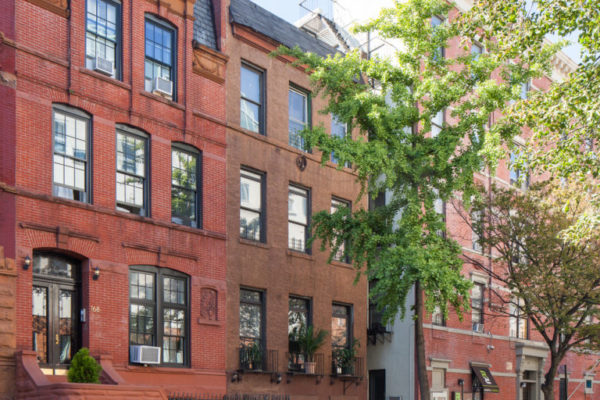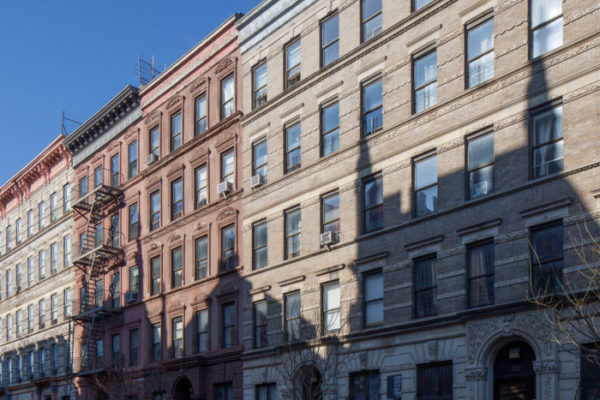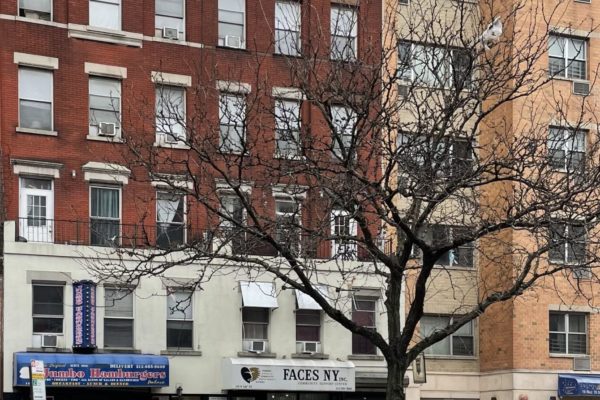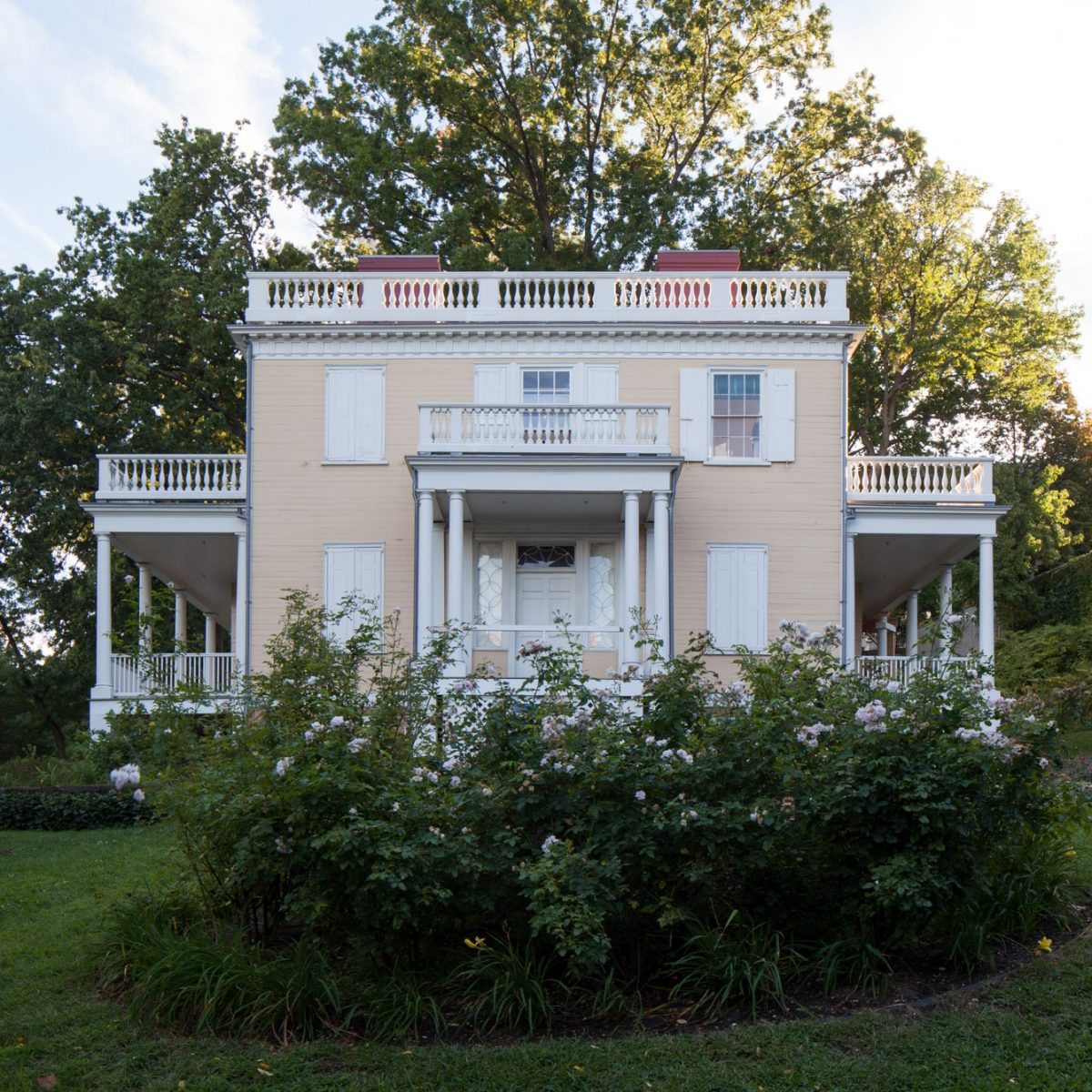
Hamilton Grange
also known as Hamilton Grange National Memorial
overview
Founding Father Alexander Hamilton lived in this house – which was built for him and his family in 1802 – until his death in 1804, though the house has since been relocated twice.
As a young aide-de-camp to George Washington, Hamilton wrote a series of passionate letters to fellow soldier John Laurens.
On the Map
VIEW The Full MapHistory
Although known as something of a womanizer, during the Revolutionary War, while both served as aides-de-camp to George Washington, Alexander Hamilton (1755 or 1757-1804) had a highly eroticized relationship with John Laurens (1754-1782) of South Carolina. This is evident primarily from a series of passionate letters written by Hamilton between 1779 and 1782.
I wish, my Dear Laurens, it might be in my power, by action rather than words, [to] convince you that I love you. I shall only tell you that ‘til you bade us Adieu, I hardly knew the value you had taught my heart to set upon you.
And later that year, he refers to himself as “a jealous lover” when Laurens fails to answer his letters. These letters have been dismissed as no more than literary flourish, although Hamilton’s executor saw fit to censor portions of them. As William Benemann states in his book Male-Male Intimacy in Early America, “There is no irrefutable proof that Laurens and Hamilton were lovers, but there is sufficient circumstantial evidence to render indefensible any unqualified pronouncement that they were not.” (pp. xxi-xxiii)
Hamilton Grange is the major surviving location in New York City associated with Hamilton. The elegant Federal style house was built for him and his family in 1801-02 and he lived there until his death in 1804. Since that time, the house has been moved twice, though always remaining on land that originally belonged to Hamilton. In 1889, it was relocated 250 feet from its hilltop location to a plot of land next to St. Luke’s Episcopal Church at 435 West 141st Street. Over time its porches were removed, but it was made a National Memorial in 1962.
In 2008, the house was moved to its current site in St. Nicholas Park and was restored over the course of several years by the National Park Service.
On the 51st Black Solidarity Day, in 2020, the New York City Department of Parks and Recreation renamed two sections of St. Nicholas Park: the lawn became James Baldwin Lawn in honor of Harlem native James Baldwin and St. Nicholas Playground North became Langston Hughes Playground in honor of longtime Harlem resident Langston Hughes.
Entry by Andrew S. Dolkart, project director (March 2017).
NOTE: Names above in bold indicate LGBT people.
Building Information
- Architect or Builder: John McComb, Jr.
- Year Built: 1801-02
Sources
Linda Rapp, “Hamilton, Alexander (1757-1804),” GLBTQ Archive, bit.ly/2ffDp3c.
“NYC Parks Celebrates 51st Black Solidarity Day with Namings in Honor of the Black Experience in New York City,” press release, New York City Department of Parks and Recreation, November 2, 2020.
Ron Chernow, Alexander Hamilton (New York: Penguin Books, 2005).
William Benemann, Male-Male Intimacy in Early America (New York: Harrington Park Press, 2006).
Do you have more information about this site?
This project is enriched by your participation! Do you have your own images of this site? Or a story to share? Would you like to suggest a different historic site?
